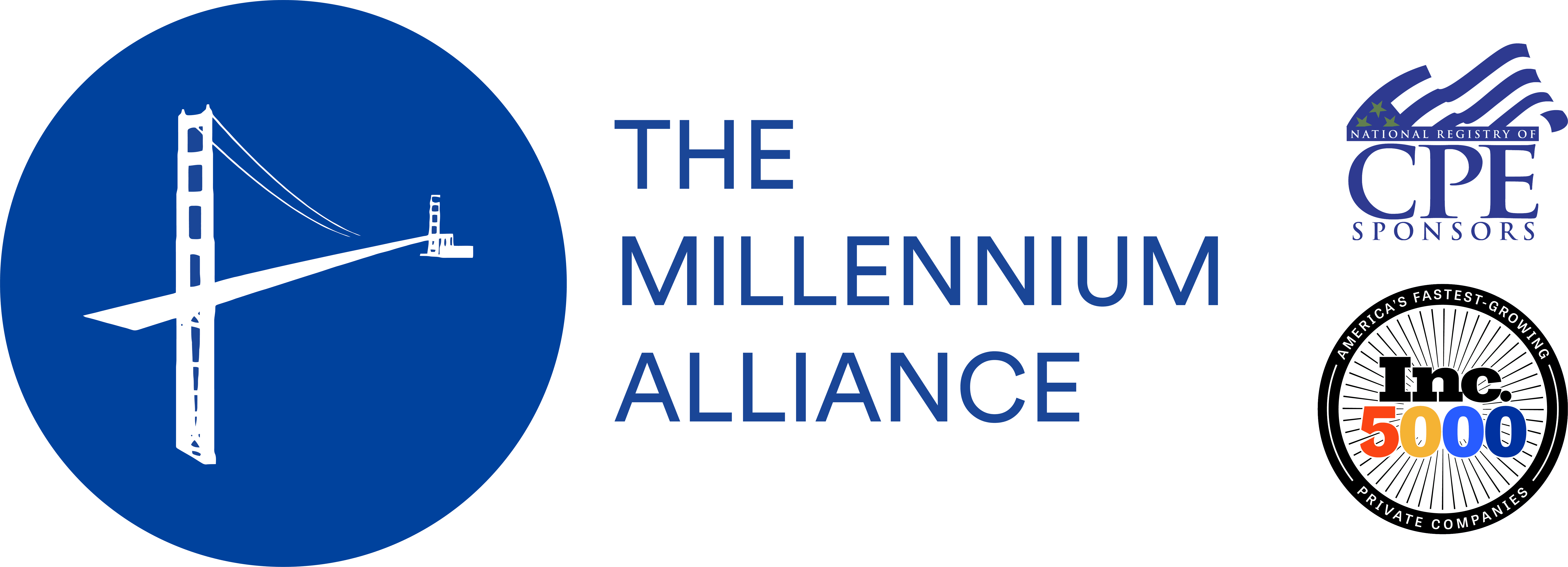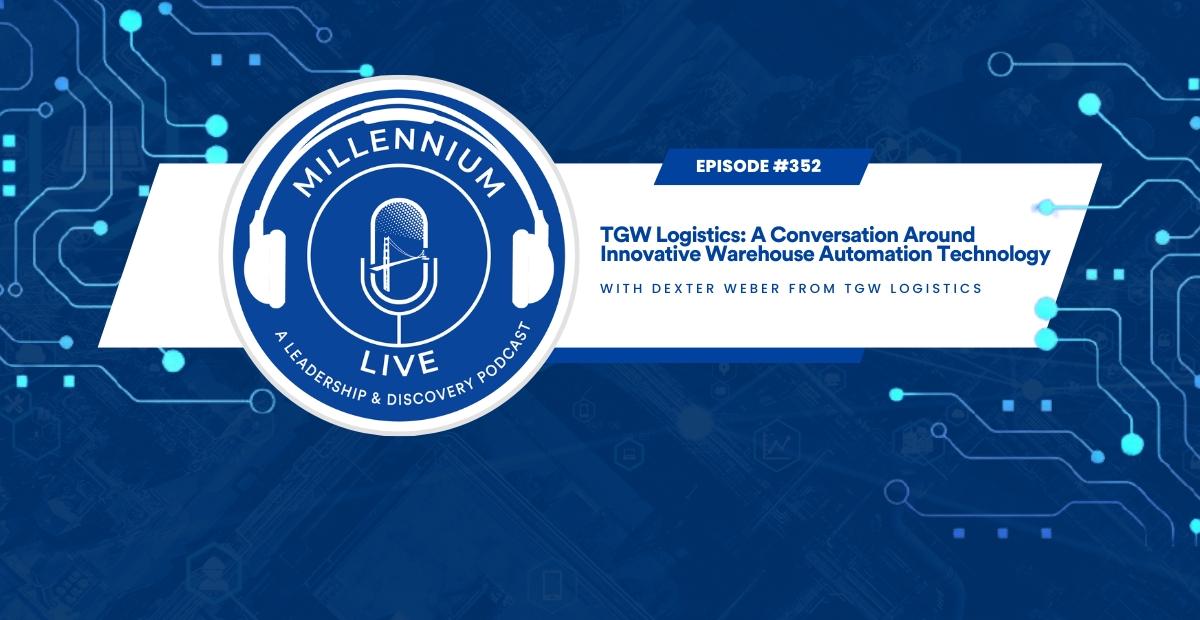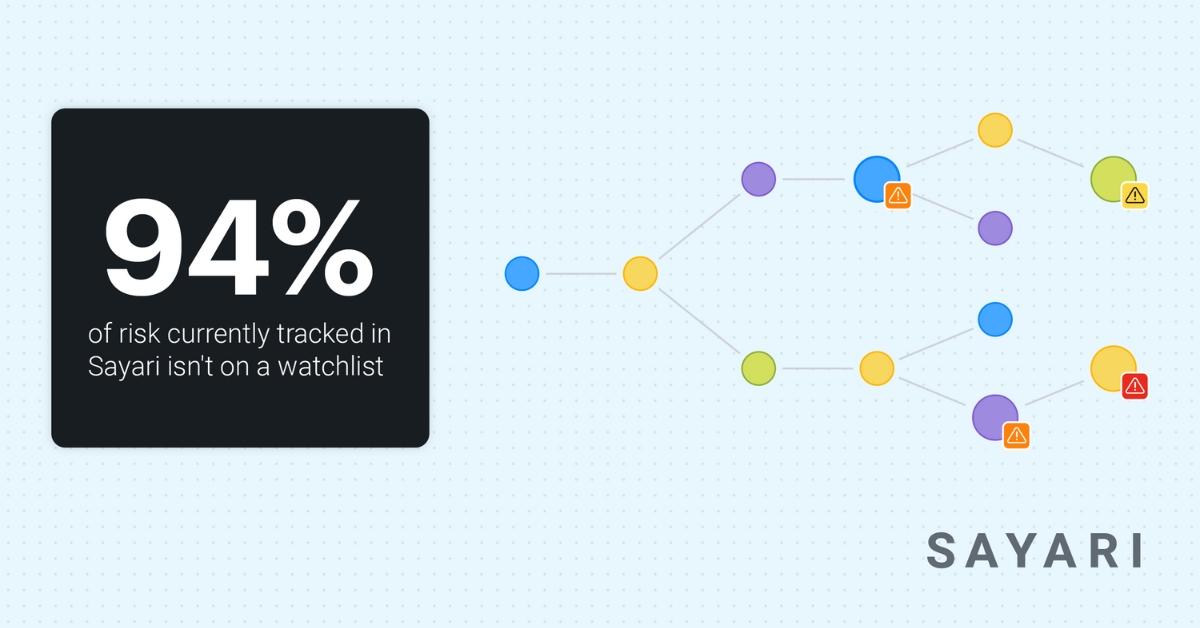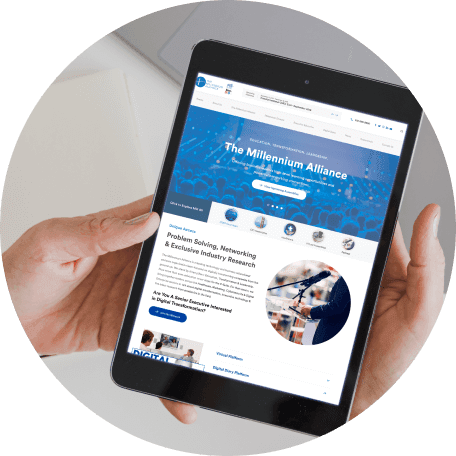Contributed by Optimum Retailing
For retailers managing hundreds or even thousands of locations, lost sales often come from challenges that appear small but carry significant impact. Products may be out of stock, misplaced in the store, or supported by signage that fails to connect with local shoppers. Multiplied across a large store network, these issues create serious revenue leakage, higher waste, and weaker customer loyalty.
The path forward is clear: retailers need to harness retail intelligence that not only identifies opportunities but also adapts plans automatically at scale to ensure every store reflects what its customers actually want.
Invisible Demand: The Missed Opportunity
A major cause of lost sales is what is called invisible demand, which occurs when products customers want are not easily found or accessed. This happens when shelves are empty, items are displayed incorrectly, or layouts do not reflect real buying patterns at that location. Invisible demand not only represents lost revenue in the moment – it also erodes trust and pushes shoppers toward competitors that are perceived as more reliable.
Another contributing factor is fragmented visibility. Inventory, sales, and promotional data often live in separate systems, which makes it difficult for retailers to respond quickly when conditions change. Without a unified view, stores can miss opportunities to restock popular items, update signage, or reallocate products between nearby locations.
Store-Specific Intelligence in Action
The solution lies in creating retail environments that continuously learn, adapt, and execute changes automatically. Store-specific intelligence enables retailers to:
Sense activity in real time by gathering signals from POS data, inventory systems, and shelf-level monitoring.
Identify gaps and misalignments such as unmet demand, ineffective signage, or slower items occupying premium shelf space.
Recommend local actions like planogram updates, layout adjustments, or targeted promotions that reflect the needs of each store.
Automate execution so adaptive plans flow seamlessly into action, with merchandising strategies, layouts, and signage updating automatically through dynamic planograms, digital signage, and replenishment systems.
This process creates a continuous feedback loop where each store is optimized in real time according to its shoppers.
Why Local Optimization Matters
Standardized planograms and layouts may be easy to manage, but they rarely maximize performance. Every store serves a unique community with different needs. Urban stores may see demand for smaller pack sizes and premium assortments, while suburban locations may sell more bulk items. Even stores located in the same city can display distinct buying patterns.
Store-specific intelligence allows retailers to achieve hyper-local alignment. With adaptive plans that adjust continuously, retailers can ensure assortments, layouts, and signage stay aligned with each store’s shifting needs.
A Practical Roadmap
Retailers can build this capability through a structured approach:
| STEP | FOCUS |
|---|---|
| Unify data streams | Connect sales, inventory, fixture, and layout performance into one view. |
| Deploy predictive models | Use AI to forecast demand shifts, seasonal surges, and category slowdowns. |
| Enable adaptive planograms and signage | Push updates automatically so stores adjust quickly to changing conditions. |
| Track compliance and outcomes | Verify that updates are executed correctly and measure their sales impact. |
| Refine continuously | Feed results back into the system to improve accuracy and agility. |
How OR Helps
At Optimum Retailing (OR), they help retailers not only uncover insights but also turn them into adaptive plans that update automatically across every store. Invisible demand, fragmented visibility, and generic layouts all erode performance, and solving them requires both advanced technology and a trusted partner.
There AI-powered platform combines real-time insights, predictive demand planning, and automated execution so retailers can:
- Increase sales by up to 17% through store-specific strategies
- Reduce unsold inventory by 50% with predictive demand planning
- Improve merchandising compliance by 80% through localized planograms and automated verification
- Lower overstock by 15–25%, cutting waste and freeing space
- Reduce non-selling hours by 20–30%, giving staff more time to focus on customers
- By unifying data, anticipating demand shifts, and adapting plans for each location, OR helps retailers close the gap between what shoppers want and what stores deliver. Just as importantly, they act as a collaborative partner, working closely with retail teams to ensure strategies are implemented effectively and deliver measurable results.
Conclusion
Large retailers can no longer afford to treat every store the same. Invisible demand, disconnected systems, and static layouts are too costly in a market where shoppers expect precision, personalization, and availability.
Retail intelligence combined with adaptive planning provides the way forward. With Optimum Retailing as a partner, retailers can prevent lost sales, reduce waste, and strengthen customer satisfaction while creating a competitive advantage that scales.
About Optimum Retailing
Closing the Execution Gap in Retail. Retailers face an execution gap: strategies developed at headquarters often falter at the store level due to disconnected processes, inventory fluctuations, and communication challenges. Optimum Retailing closes this gap with a comprehensive platform that gives HQ unmatched visibility and control across all locations while providing store teams the clarity to execute with precision and confidence. Powered by AI, our solution transforms visual merchandising strategies into store-specific planograms that dynamically adjust to real-time inventory, ensuring seamless compliance across every location. Store-level insights flow back to headquarters, informing future planning and optimizing shopability, customer engagement, and fixture performance. The result? Stronger execution. Smarter decisions. Greater profitability. Optimum Retailing. Smarter retail execution.
To learn more, visit optimumretailing.com.














